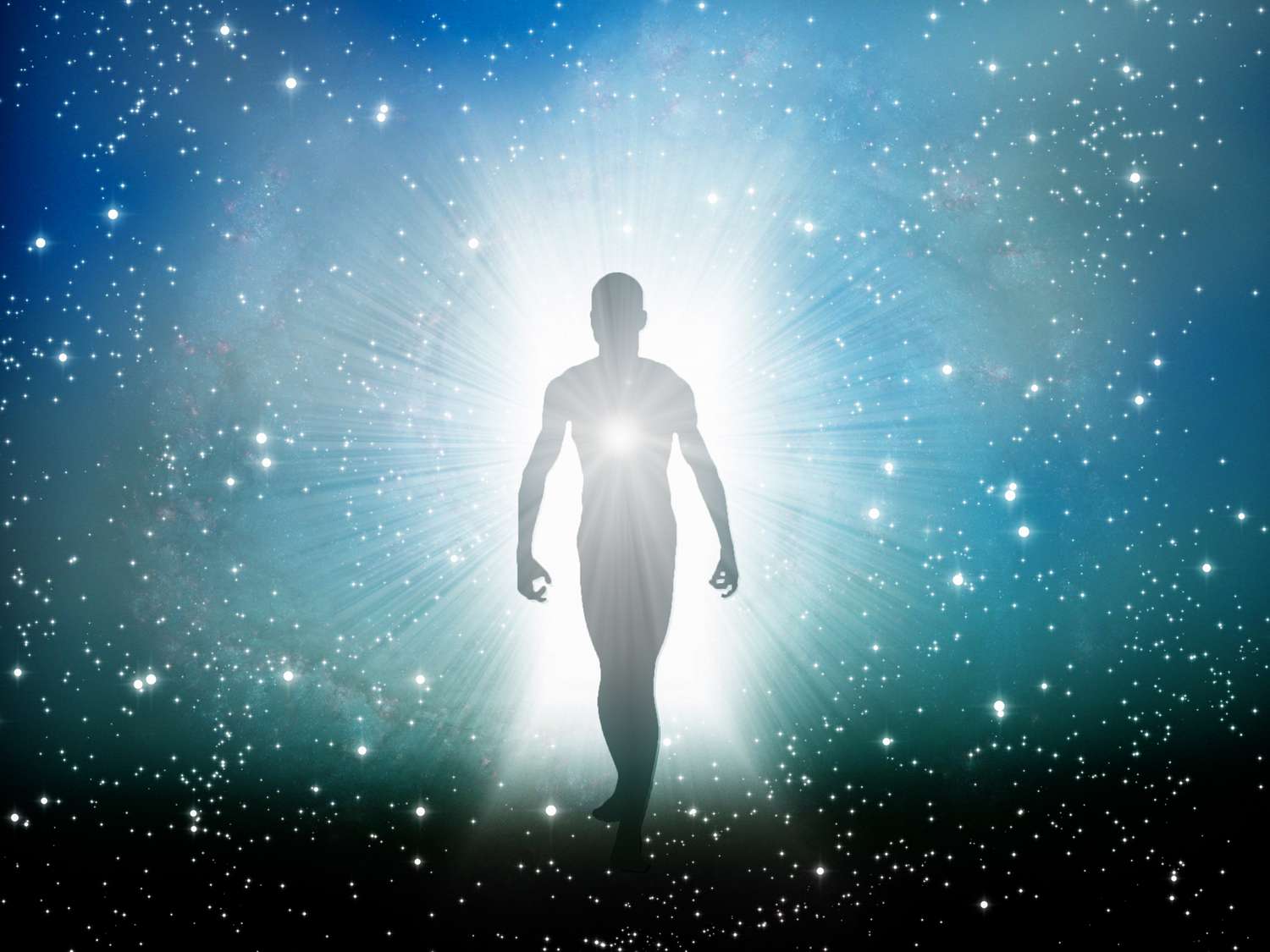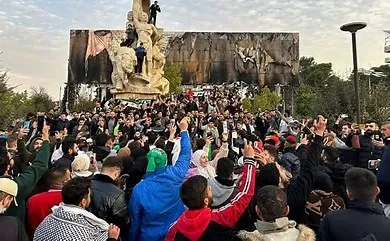Yogis state that after the death of the physical human form, two other “bodies” remain: the energy body (astral) and the idea body (causal). These two exist within spheres of existence appropriate to their form: the astral world of energy, colors, shapes, forms of an ethereal nature and the causal world of ideas without form. After death and retaining these two bodies, the soul resides in the next highest sphere, the astral sphere, encasing its causal body, so to speak. Most humans are not refined enough in their consciousness to remain self-aware in the astral world much as a fish cannot live out of water or as humans find breathing difficult at very high altitudes. Some do however retain their consciousness and in their memory they have impressions of great beauty and the power of manifestation. After a time of rest in the astral heaven (there are countless levels, from the dark places of “hell” to the spheres of light and joy but all are temporary), the seeds of past action, desire and fears begin to stir: much like we do as dawn approaches after a night of sleep. The soul is then reunited with a human body as the foetus in a woman’s body. The process then continues. Only when all desires for physical incarnation have been purified and refined does the soul remain in the astral realms there to work out astral desires before proceeding to the causal level which is very close to Spirit. After working out causal karma, the soul enters Cosmic Consciousness and is reunited with God for eternity (even if later directed to reincarnate for the salvation of other, struggling souls). Suffice to say this is a very long process and many souls defer their salvation pursuing endless forms of desires. Although liberation is guaranteed because it is the soul’s true nature, the timing of it can be deferred for what amounts to or seems to be an eternity. Idol worship is condemned but it is a mistake to imagine the idol is a statue representing divine attributes! The real idol, such as Moses condemned in the Bible, is the worship of money, pleasure, power and ego gratification! Christians, at least some of them, have many statues in their churches. Hindus have a million (more or less) different forms of God representing “ideals”: which is to say, aspects of God-consciousness. These include, abstractly speaking, power, light, sound, peace, calmness, wisdom, bliss and love, to mention a few. To pay homage or reverence to what appears to be a statue is to misunderstand the worshiper’s intention and consciousness. A savior (avatar) like Jesus, Buddha, Krishna, Rama, or Yogananda (there are many others) is a personification, an incarnation of divinity in human form. No human body or personality can contain the Infinite Spirit but it is the soul’s destiny to reunite with the only reality there is: God, or Bliss! Therefore to pay reverence to any meaningful symbol whether a stone or a statue or painting is to recognize divinity in that form. It is not the worship of the object itself though a person’s deep reverence might actually draw the Spirit to manifest in some seemingly miraculous manner through the object (cases are rare, of course). After all, everything in creation is a manifestation of God’s consciousness. This truth is not polytheism which is the worship of multiple gods. The gods and goddesses, angels, devas, etc of religion are the astral beings whose intercession and work are to help manifest, maintain, and withdraw created things. Like lieutenants, so to speak. Those of more refined understanding (“Thou shalt not have false gods before me.”) see behind these lesser entities the one, true God, creator of all things. Ananda is part of the advaita (non-dualistic) tradition of Swami Shankyacharya which holds that God (Consciousness, bliss, existence) is the only reality underlying all creation. So, yes, the “one God” as you say. Yet, we also affirm those traditions which recognize the multiple forms of divinity coming into existence: the lesser gods, so to speak. We see in the true (aka “sat”) guru, a living representation of God in human form. This holds out for us our goal, gives an example of how to live in a divine way, and shows the purpose of the creation of souls: to seek union with the creator. The sat guru (avatar) returns to human form to uplift those who are in tune or are, as it were, part of that spiritual family of souls. Reality is a both-and formula. One could say that everything in existence is real, at least to the same degree, which is to say, temporarily. To the dreamer, the dream is very real. Only upon awakening can the dreamer say “That was unreal.” This cosmic dream of God is very real to us. We can’t wish it away (not successfully, that is). Only upon awakening to the cosmic reality of unbroken bliss-consciousness (transcendent of the duality of all created things, emotions, and thoughts) can we say the cosmic dream is but a dream. To one who has awakened is given the power to alter the cosmic dream according to the dictates (guidance) of the Cosmic Dreamer, becoming thereby an true and pure instrument of God.
The writer is the co-spiritual director of Ananda in Washington State.

















